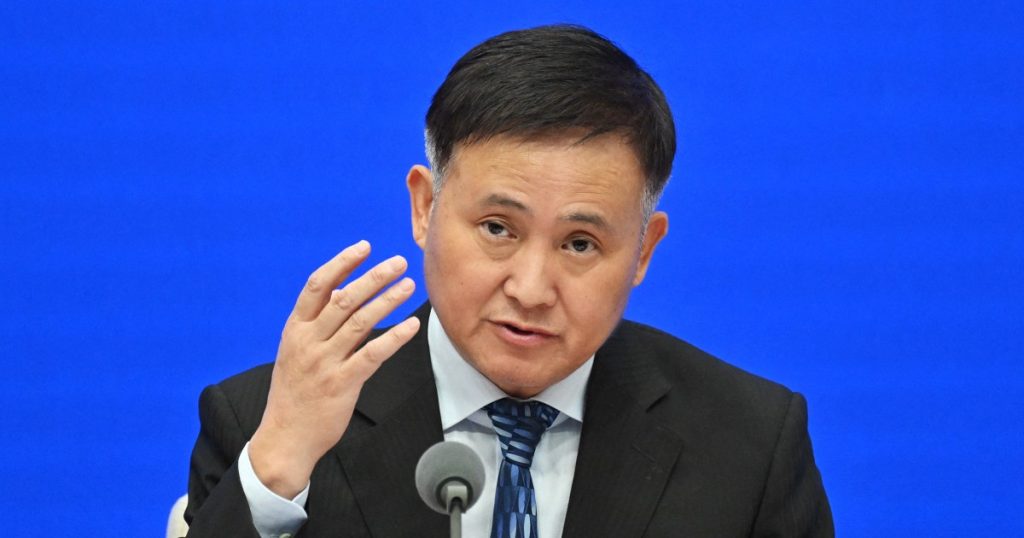China has announced a cut in the reserve requirement ratio (RRR) by 50 basis points, along with a 0.2 percentage point cut in the 7-day repo rate, as part of efforts to stimulate the economy. The move comes in response to deflationary pressure following the U.S. Federal Reserve’s recent rate cut. Pan Gongsheng, Governor of the People’s Bank of China, indicated that further cuts in the RRR and repo rate may be possible by the end of the year, depending on economic conditions. The aim of these measures is to boost sentiment and address limited demand for borrowing, rather than banks lacking funds to lend.
Additionally, Pan suggested a potential 0.2-0.25% cut in the loan prime rate, signaling further support for the struggling property market. The central bank plans to extend measures for two years and cut interest rates on existing mortgages. These announcements are part of a series of measures aimed at bolstering growth and addressing economic challenges, particularly in the face of a real estate slump and low consumer confidence. The PBOC’s focus on various rates to manage monetary policy differs from the Fed’s reliance on a main interest rate, reflecting China’s unique policy approach and system of governance.
Pan Gongsheng became Governor of the People’s Bank of China in 2023 and has been vocal about the need for policy changes to spur economic growth. The recent announcement of rate cuts and support for the property market follows months of speculation and anticipation regarding further easing measures. This news conference included high-level financial regulators discussing the central bank’s plans and strategies for addressing economic challenges, especially in light of global trends towards monetary easing by central banks.
Although the PBOC has taken steps to reduce rates and boost lending, there are concerns about the lack of significant fiscal stimulus in China. While monetary policy measures can help with liquidity and lending, fiscal support is seen as crucial for stimulating growth and addressing budget shortfalls. The real estate slump in China has impacted local government revenues, with a shift in focus towards addressing budget shortfalls rather than supporting additional growth through bond issuance. The lack of fiscal stimulus alongside the monetary easing measures highlights existing challenges in China’s economic landscape.
Efforts to support the property market include initiatives to prioritize and finance approved real estate projects, with over 5,700 projects receiving approval for funding totaling 1.43 trillion yuan ($200 billion). While progress has been made in completing homes and addressing the housing gap, challenges remain in delivering pre-sold homes to buyers. The National Financial Regulatory Administration, which was established last year to enhance financial oversight responsibilities, is working to address the slowdown in property market sales and support real estate companies in delivering housing on schedule. The combination of monetary easing measures and support for the property market reflects China’s multifaceted approach to addressing economic challenges.
Overall, China’s recent policy announcements, including rate cuts and support for the property market, are aimed at boosting sentiment, addressing limited borrowing demand, and stimulating economic growth. The PBOC’s measures signal a proactive stance in the face of global economic trends and challenges, with a focus on easing monetary policy to navigate deflationary pressure and support key sectors such as real estate. However, concerns remain about the lack of significant fiscal stimulus and the need for coordinated efforts to drive sustainable growth and address budget shortfalls amid a challenging economic environment.


